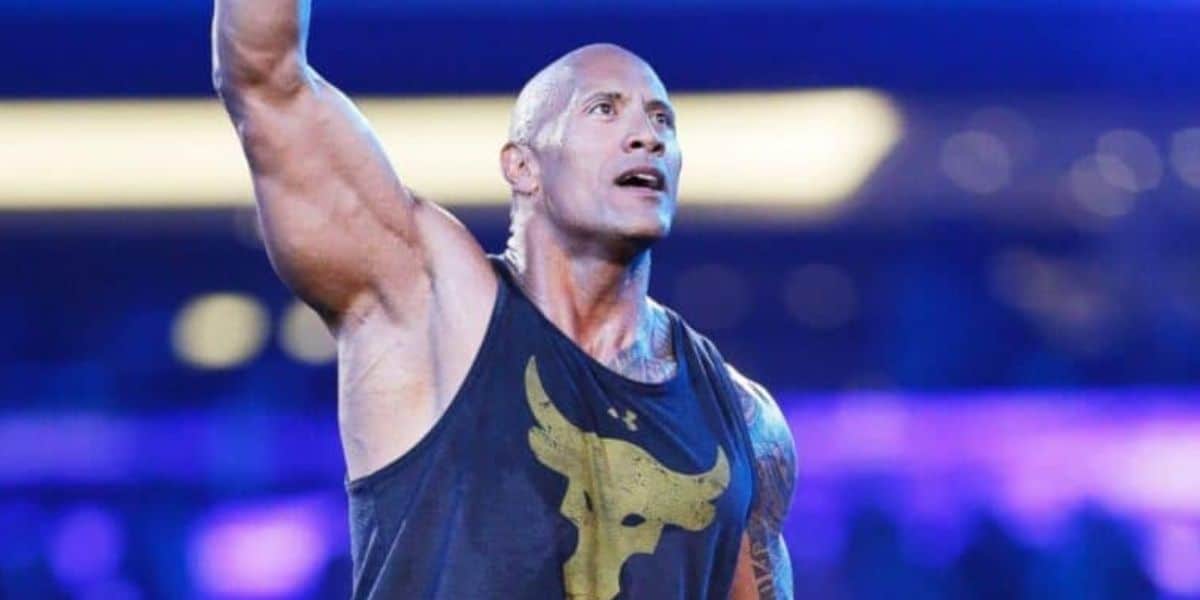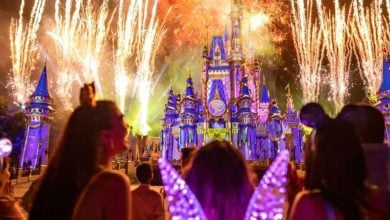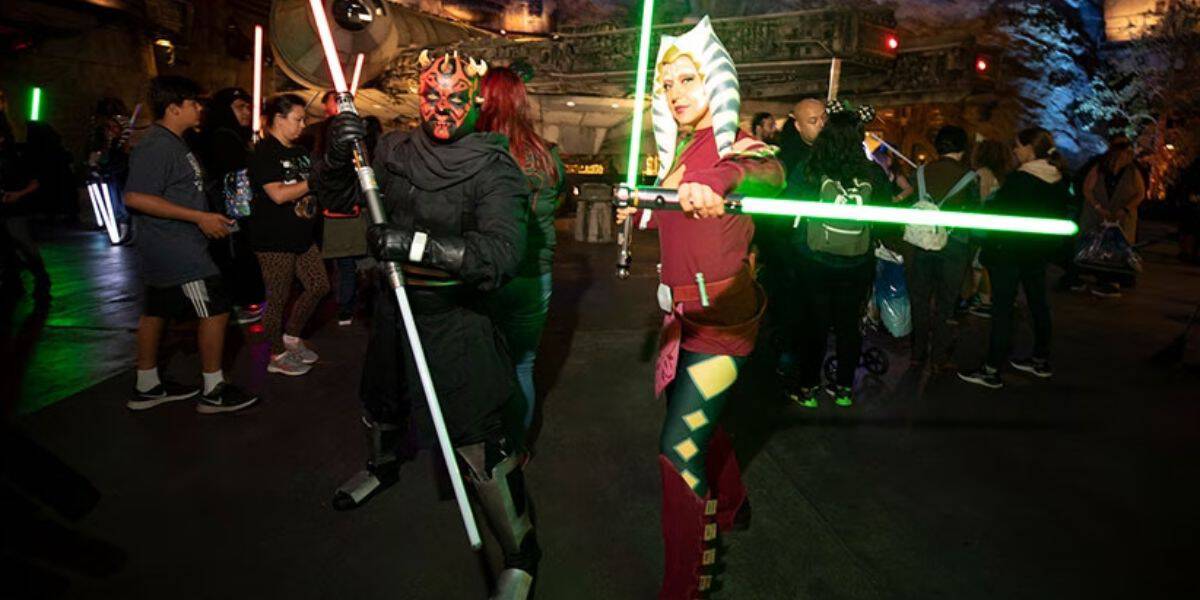Disney to End Current WWE Era After Record-Breaking Purchase
WWE has always lived on the edge—an intoxicating mix of sports, theater, chaos, and grit. But with ESPN, a division of The Walt Disney Company, securing exclusive U.S. streaming rights for all WWE Premium Live Events (PLEs) starting in 2026, the ring might be in for a serious makeover.

The deal, reportedly worth $1.6 billion over five years, will see flagship events like WrestleMania, Royal Rumble, and SummerSlam streamed on ESPN’s upcoming direct-to-consumer platform for $29.99/month. Some content will also appear on ESPN’s traditional cable channels.
From a media strategy standpoint, this is monumental. For fans? It’s more complicated.
The Culture Clash: WWE’s Blood and Sweat vs. Disney’s Brand Polishing
Let’s call it what it is: a clash of identities.
WWE thrives on carnage, character extremes, and controversial segments. Just take SummerSlam 2025 as a snapshot—it featured a violent street fight between John Cena and Cody Rhodes, complete with crutches, table smashes, and a returning Brock Lesnar delivering an F-5 post-match. Other highlights included steel cage brawls, table dives, and zip-tied beatdowns in no-DQ women’s matches.
That’s the show fans paid to see—and have come to expect.
Now enter Disney, a company globally known for its family-first approach and carefully curated image. Even though ESPN has hosted UFC for years, pro wrestling is another animal entirely—scripted, theatrical, and often walking a fine line with violence and sexuality.
There are valid concerns: Will we still get the weapon-laced chaos of TLC matches? The sexier character entrances and ring gear? The grimy storylines that push emotional buttons?
Or will we get a sanitized product tailored to fit Mickey Mouse’s empire?
Sex Appeal in the Crosshairs?
For decades, WWE has blended athleticism with showbiz sizzle—and yes, that often includes sex appeal. Not exploitative, but provocative. From Becky Lynch’s leather-clad swagger to AJ Styles’ Eddie Guerrero tribute, image is half the game.
Disney’s historic discomfort with anything overtly sexual could force WWE to tighten costumes, soften themes, and pull back on certain in-ring interactions. While there’s no direct indication this will happen, fans familiar with Disney’s media ecosystem know it doesn’t take chances with brand perception.
In short: Will the performers still be allowed to “go there”? Or will characters be subtly rewritten to keep things “safe”?
Violence Is the Language—Will It Be Censored?

In WWE, violence tells the story. It’s what builds heroes and villains, creates arcs, and delivers payoff. Whether it’s Solo Sikoa and Jacob Fatu throwing bodies into steel, or the Wyatt Sicks dominating in a brutal TLC tag match, the ring is a battleground where carnage speaks louder than words.
But Disney’s influence could pressure the company to reduce blood spots, limit hardcore stipulations, and tone down the carnage. That might fly on a children’s cartoon network—but it won’t fly with fans who crave the adrenaline and chaos.
Will table bumps become taboo? Will fire extinguishers and kendo sticks get quietly retired?
Creative Control: Who’s Really Calling the Shots?
One comforting detail: WWE still produces all of its events. This means Triple H and the creative team retain storytelling control. But that doesn’t guarantee total freedom.
If ESPN places content standards on what can or can’t air—especially during simulcasts on linear TV—the creative leash may shorten. It’s easy to imagine backstage directives to “pull it back a bit” if sponsors balk or viewership among key demos dips.
And remember: public perception matters more than ever, especially with Disney about to launch its biggest direct-to-consumer platform yet. WWE’s edgiest moments may start disappearing not with a bang, but with a corporate whisper.
Streaming and Strategy: ESPN’s Grand Sports Gambit
This isn’t just about WWE—it’s about ESPN’s future. The new ESPN standalone streaming service, expected to launch in 2025, is Disney’s biggest bet yet on cord-cutting audiences.
By adding WWE to its live event arsenal—alongside UFC, NFL, and possibly MLB—ESPN becomes a digital sports behemoth. WWE offers 12+ annual live spectacles, each with built-in fandom and global appeal. It’s a smart move. But smart business decisions don’t always line up with fan expectations.
The real question is: Will WWE evolve in a way that excites or alienates?
What Fans Are Fearing—and Hoping For
There’s no denying the momentum WWE has regained in recent years. Under Triple H’s creative lead, the company’s product has been fierce, unpredictable, and artistically sharper than in the PG era of the 2010s.
SummerSlam 2025—by far one of the most violent and emotional events in years—offered two nights of pure wrestling insanity. It was the kind of product that felt built for fans, not networks.
But as 2026 looms, fans are asking:
-
Will street fights still end in a pile of broken tables?
-
Will stars like Becky Lynch and Cody Rhodes still push narrative boundaries?
-
Will the grit be filtered through a more polished lens?
Verdict: Evolution Is Inevitable—But Direction Matters
WWE has reinvented itself dozens of times. From the cartoonish 1980s to the Attitude Era, to PG and beyond, change is the business model.
But this particular change—entering Disney’s ecosystem—feels uniquely high-stakes. It’s not just about rights or dollars. It’s about identity.
If ESPN can respect WWE’s DNA while expanding its reach, this could be a golden era of visibility and growth. But if the ring begins to feel like a theme park ride—safe, sanitized, and soulless—the fans will notice. And they will walk.




